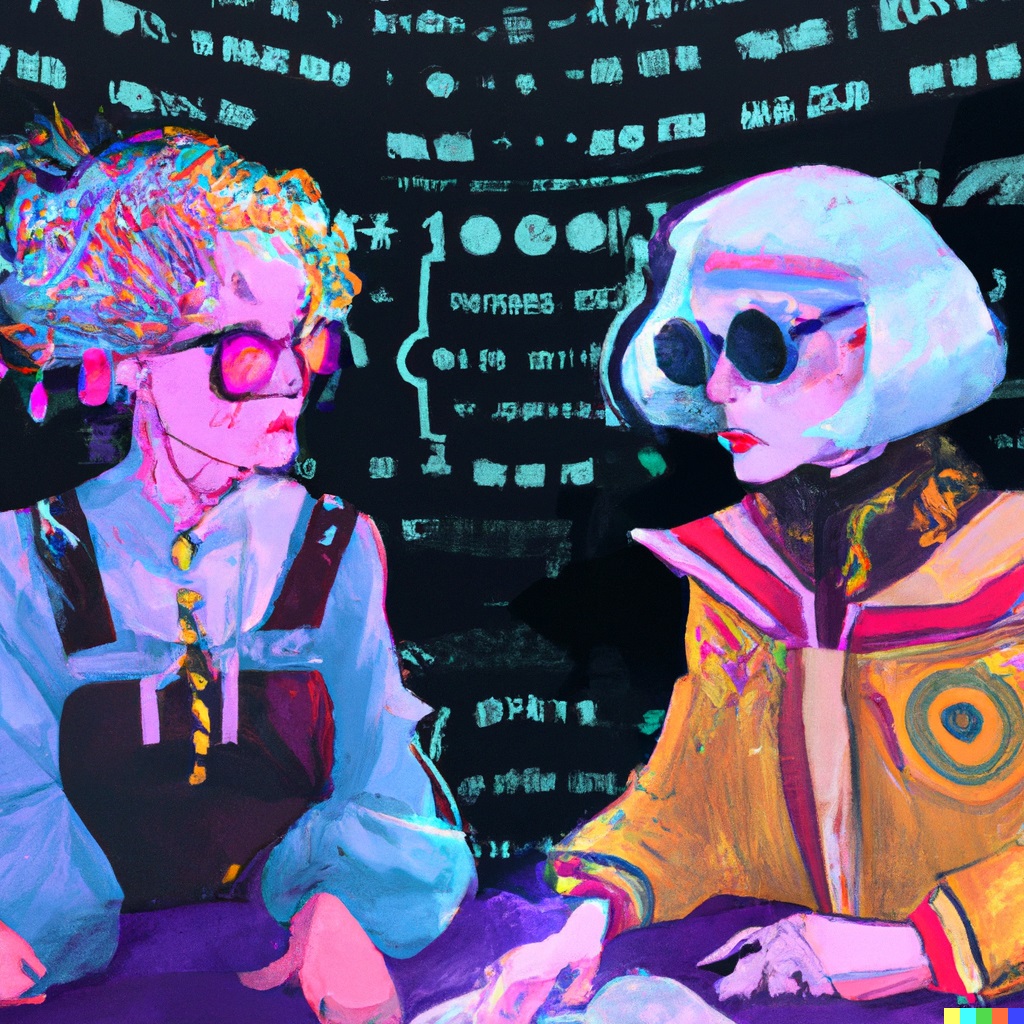CODED AESTHETICS
CODED AESTHETICS explores sense-making through human-machine entanglement.

Our everyday activities are increasingly co-produced by machine learning (ML), as the computational enters areas of creative production, urban spaces, and cultural institutions. We explore and provide insights into how the digital is operationalized – in text to image AI, in computational photography, in natural language processing, biometric surveillance, among other processes.
The generative potential of code is taking new forms. This has positioned us within a paradigmatic shift, which asks us to navigate new ways of seeing and making sense of sense-making. Our research is guided by two core questions:
How are aesthetic processes – sense-making and world-building – emerging in the computational era?
What interventions and insights can critical humanities scholars offer in exploring and contextualising these processes?
CODED AESTHETICS aims to encourage transdisciplinary forms of knowledge sharing and production. There is a distinct two-way delay between the knowledge produced in the field of computer science (CS) and HASS disciplines. More than this, there is a gap between the knowledge produced by academics researching computational aesthetics, and knowledge accessible to the general public.
Machine learning has created new epistemic boundaries. CODED AESTHETICS works to provide a comprehensive review of how computational perceptions inform and are informed by aesthetics.
Project Team
Dr Jasmin Pfefferkorn, University of Melbourne
Emilie K. Sunde, University of Melbourne
Contact
jasmin.pfefferkorn@unimelb.edu.au
emiliekatrine.sunde@unimelb.edu.au